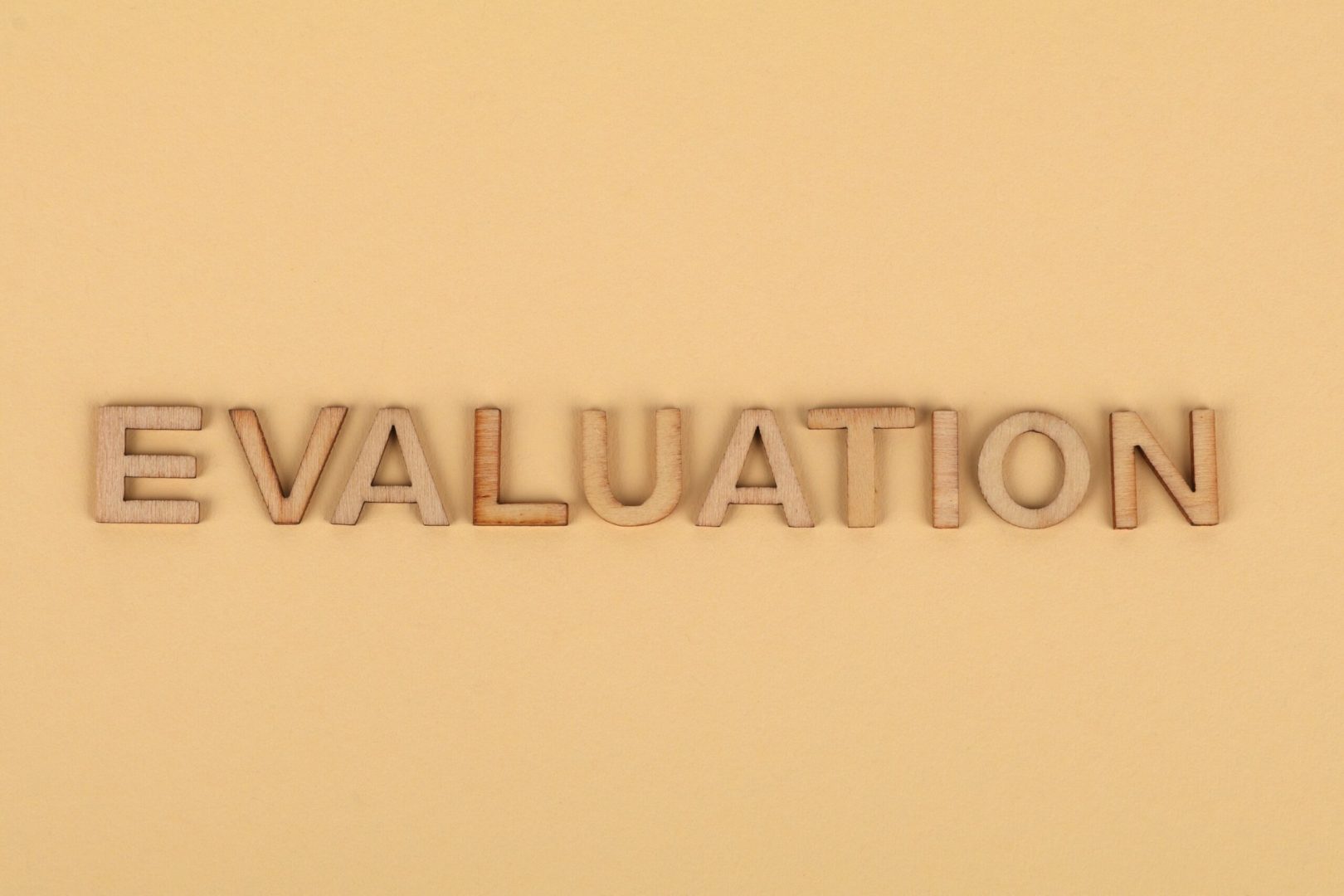In the business world, customer relations are well established.
Whether it’s managing and maintaining customer relationships or knowing how to properly engage in marketing and customer service, there are many tools and strategies for building customer loyalty and acquiring new customers in order to maximise a company’s revenues.
That said, the supplier side of the business is often neglected by companies and, in most cases, to the detriment of their own competitiveness and bottom line.
Basically, companies need suppliers to provide them with the raw materials they need to manufacture the products and/or services they produce and sell, or to provide them with the resources and services they need to run their own business.
However, one of the key benefits of strong and healthy supplier relationships is that they enable the business to achieve greater added value.
The better a company knows its suppliers, and the better they know and understand the company’s needs, the more likely it is that the organisation will have access to better service, special terms and preferential pricing. In this scenario, the company’s supply chain also becomes more efficient, cost-effective and productive.
Building strong relationships with suppliers means approaching purchasing in a way that goes beyond agreements and contracts.
The focus on relationships between companies and their suppliers is also different from the logistics approach to supply chain management. Yet things are rarely as simple as signing a contract and sitting back while the process unfolds.
At the end of the day, supplier management is about people management and the added value that human interaction brings to operations.
By ensuring that this aspect of the supply chain runs smoothly, companies can ensure that they and their suppliers work quickly to resolve issues, continually look for ways to improve operations and help each other reap the rewards of the relationship.
For this to happen as effectively as possible, however, companies need to use supplier relationship management ( SRM) software.
But before we get to that, let’s take a look at what supplier relationship management is and how to optimise it!
What is supplier relationship management?
Also known as SRM, supplier relationship management is a systematic approach to evaluating the contribution of suppliers to a company’s business. It enables you to determine which suppliers offer the best added value and make the greatest contribution to your company’s success.
Supplier relationship management also ensures that suppliers perform well.
This concept originated in 1983 when Peter Kraljic, a McKinsey consultant, called on corporate buyers to become more proactive in supply management. According to him, buyers should seek to understand the impact of risk and profitability on the business and design supplier management strategies that best meet this need.
- Find out more about the Kraljic matrix
SRM helps to foster supplier relationships and guide the actions to be taken in relation to each supplier. It works in a similar way to a customer relationship management (CRM) tool, but instead of dealing with customers at B2C level, it deals with suppliers at B2B level.
SRM is a communication tool for manufacturers, distributors and retailers within a supply chain. An SRM solution manages this process using state-of-the-art software. Its main objective is to improve the business processes between an organisation and its suppliers.
The needs and uses of an SRM solution may vary according to each organisation, but themain objective, which is to develop a mutually beneficial relationship with suppliers, particularly those who are strategic partners, remains constant. That said, there are three important stages in supplier relationship management:
- Supplier segmentation: mapping suppliers according to their profitability and risk exposure,
- Supplier strategy development: allocating resources and internal plans to meet business needs,
- Execution of supplier strategy.
First stage: supplier segmentation
In this stage, companies examine all their suppliers and rank them according to their importance. Different suppliers have different levels of influence on your company. For example, a company operating in the production sector will consider its raw materials supplier to be more important to its survival and profitability than its office supplies supplier.
In this scenario, any risk faced by the raw materials supplier will also translate into a risk for the company in question.
The supplier segmentation process aims to identify key suppliers, i.e. those that supply goods and services essential to the day-to-day running of the business, and those that do not. By doing this, companies will know how to prioritise their relationships. This does not mean, however, that other suppliers should be neglected, as they are all important.
Step two: developing a supplier strategy
In this second stage, companies analyse their suppliers, from the most important to the least important, while developing a plan for how to work with each of them individually. As suppliers should be treated as partners, any strategy developed should include mutually beneficial methods of satisfying all stakeholders.
Some of the best and most effective supplier relationship management strategies are those that facilitate collaborative relationships with suppliers.
Demonstrate your value as a customer
Show your supplier that you are a good customer, that you pay your invoices on time, give them as much lead as possible, be transparent and maintain open and clear communication. If it is not possible to pay invoices on time, communication becomes even more important, as you will be informing them of the exact date they can expect to be paid. Every business needs to be paid on time to continue to operate.
The risk management plan
Working with a supplier always involves a certain amount of risk. Mitigating this risk is also one of the objectives of the supplier selection process. This is when the purchasing team analyses references, previous work, financial stability and ability to handle orders, among other selection criteria.
That said, sooner or later things are bound to go wrong. That’s inevitable. However, having a plan in place to deal with potential risks, such as a back-up supplier, helps to ensure that a problem in one part of the supply chain does not impact on the whole.
The problem resolution plan
Problems are also likely to arise during the course of a relationship, no matter how hard everyone tries to stay in good standing. Whenever this happens, there needs to be a clear plan in place that sets out how the problem will be tackled and resolved as soon as possible.
- Who should be responsible for resolving the problem if it cannot be resolved at the most basic level?
- What other solutions are possible?
- Which stakeholders in each company will be involved?
By developing this plan in advance, companies will be better able to resolve the problem in a timely manner and cause the least possible disruption to the relationship or operations.
Centralising the point of contact
Typically, a company and its suppliers have several points of contact. While purchasing deals with contracts and negotiations, logistics and quality assurance deal with shipping and quality issues. Other business units will handle orders and deliveries as required.
Instead of interacting with suppliers through multiple points of contact across the organisation, a company will be able to create a more efficient and less costly system that builds supplier confidence and credibility, by centralising everything.
It’s easy for suppliers to become frustrated when they have to deal with several contacts at once, as there is often a lack of co-ordination. This can lead to unpredictable behaviour, especially if there is a lack of consistency in terms of practices and/or policies across the organisation.
Use of two-way balanced scorecards
Work with suppliers to develop the metrics needed to measure and manage performance based on derived value for both parties. Setting up a dashboard will not only allow you to evaluate each other, but also to engage in a data-driven conversation about any issues that may arise.
Stage three: Executing the supplier strategy
In this stage, you will follow the plans developed with suppliers. It’s a good idea to appoint a relationship manager for each supplier, to ensure that no one person is overburdened with all the supplier relationship management activities for each supplier.
By assigning a manager to each key supplier, their job will be solely focused on maintaining a solid relationship with them, keeping open communication with all stakeholders on both sides of the relationship.
These managers should also match your company’s evolving needs and projects with what they know about suppliers, so it will be easier to determine when you need to change supplier, for everyone’s benefit.
Why is supplier relationship management software important?
The main benefit of strong supplier relationships is that you can achieve greater efficiency for your business.
However, without a proper supplier management process, suppliers can begin to view their buyers as mere negotiators who are not interested in mutual growth opportunities.
As a result, buyers suffer significant damage: disrupted supply chains, delayed product launches, tarnished brand image, sanctions by regulatory authorities, etc. Today, 31% of company CEOs are clearly committed to restructuring their relationships with suppliers.


How can you maximise the effectiveness of your supplier management software?
The better you know your suppliers and the better they know you, the more likely you are to benefit from a dedicated service, preferential prices and special conditions. This makes your supply chain more efficient, more profitable and more productive.
So here are the main benefits of supplier relationship management software:
- Reduced expenditure
Companies often spend more on suppliers than on other internal costs. When spend is this high, whatever the category, you need to think about strategies to reduce it.
By maintaining excellent relationships with suppliers, companies can save a lot of money by taking advantage of attractive offers, incentives and discounts.
What’s more, the better the relationships with suppliers, the less risk there is of spending money on unexpected costs associated with production delays and errors.
- Making better decisions
By using quantitative and qualitative supplier data, the purchasing department can quickly and effectively identify risks, vulnerabilities and opportunities throughout the supply chain.
This information can be invaluable in improving supplier management strategies and methods.
- Increased efficiency
Thanks to automation, companies can eliminate a large proportion of unproductive administrative effort.
This means managing suppliers, reducing the risk of errors, increasing communication, increasing control, enabling categorisation, ensuring tasks are carried out consistently, resolving problems quickly and increasing visibility to facilitate sourcing and other aspects of the process.
The higher the organisational effectiveness, the better the organisation will perform.
- Loyal suppliers
Suppliers play an important role and it is essential that organisations do everything in their power to retain the right ones.
And good suppliers are not easy to find. So the last thing you want is to lose them and have to find new suppliers who may not be as pleasant, cost-effective or efficient to work with.
Managing and strengthening relationships with the suppliers you want to keep for the long term is vital to the success of your business.
- Stimulating supplier-led innovation
Innovation is a top priority for many organisations. The relationships built through supplier relationship management generally encourage suppliers to innovate in order to add value.
Natural communication usually means that suppliers can share their ideas for product improvement, supply chain innovation and service quality innovation.
- Consolidating the procurement team
When both parties understand each other’s business, they are better able to help each other when needed. A good relationship often leads to greater adaptation and co-operation.
In most cases, this also leads to a reduction in the number of suppliers, which can significantly reduce costs.
- Continuous process improvement
Even if optimised, most processes can still be improved. A positive relationship with suppliers will lead to the exchange of information and ideas, which in turn can lead to improvements in operations, time-to-market, customer service and cost reduction.
- Value enhancement
The aim of procurement is to receive the best value from suppliers, and this is precisely what good supplier relationship management software can help to achieve.
Here again, automation enables companies to obtain information that will enable them to make the best decisions to obtain the highest value.
It provides better visibility of supplier performance, including risks and service levels, so that potential problems can be quickly rectified.
How does SRM help businesses improve their supplier relationships?
Supplier relationship management is a complex function that involves assessment, advanced evaluation and subsequent action planning to continuously optimise long-term strategic supplier relationships.
- Improving processes
A lack of understanding of a supplier’s processes can create friction, but technology can help.
For example, suppliers generally have no idea how their invoices are progressing.
This can lead to unrest and increased enquiries from suppliers. However, this can easily be avoided by automatically routing suppliers’ electronic invoices to the appropriate approvers as soon as they are created.
This improves transparency on your side, while reducing stress for the supplier.
- Raising awareness
51% of purchasing managers believe that their teams do not have the capacity to implement their strategy. Supplier relationship management software allows purchasing managers toat least partially alleviate the burden on employees by making their job easier.
Before implementing SRM, think about the skills your team has and the skills it needs to set up and manage the supplier relationship.
- Establishing solid relationships with suppliers
Good communication is essential in the supplier management process. It is therefore strongly recommended that youestablish solid, reliable relationships with suppliers and treat them as trusted partners.
The most effective way to establish constructive communication with suppliers is to share your plans, strategies or objectives with them. Show them that you are prepared to be transparent; not only will transparency build trust, but it will also open up new perspectives for suppliers to understand where they fit into your wider plans.
And what better way to ensure transparency than with supplier relationship management software?
Businesses can automate many processes that would take a lot of time and effort to implement without the help of software.
At the same time, procurement management software (or eProcurement) can enable a much more fact-based approach to supplier relationships by bringing together key supplier information in a single solution.
By using a fully integrated procurement system, purchasing managers can access information that they would normally have to request from their suppliers. They also save time, as they no longer have to contact a supplier by phone or email.
By simply connecting to a platform, they can get what they need immediately.
Technology also simplifies basic tasks, such as ordering additional supplies and renewing contracts.
Digitising these key processes eliminates the risk of errors and creates a transaction system that satisfies both parties,reduces risk and costs for suppliers and improves their performance, quality and service.
Want to learn more about our procurement management software Weproc? Contact us or request your free 15-minutes demo below!


Weproc is a SaaS software specialized in digitizing the procurement process of companies. From purchase requests to supplier invoicing, through the validation process, Weproc is designed to simplify the purchase management of SMEs and mid-sized companies by centralizing all purchase-related activities.






